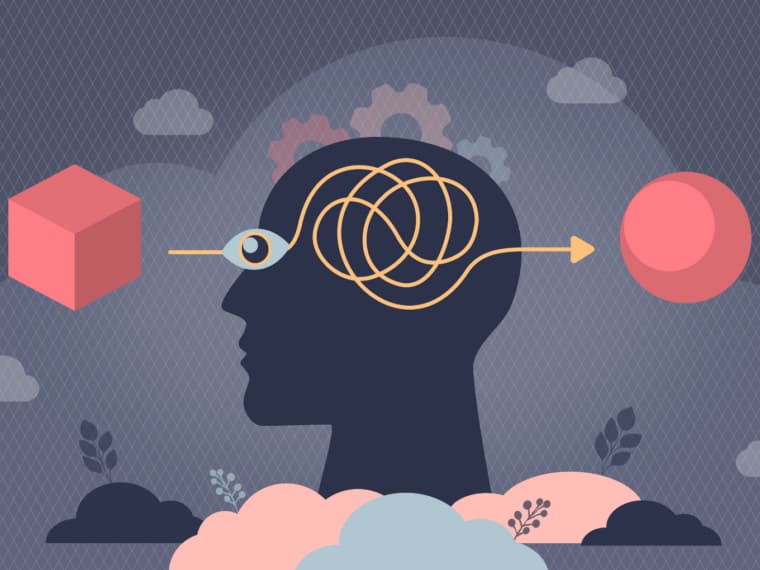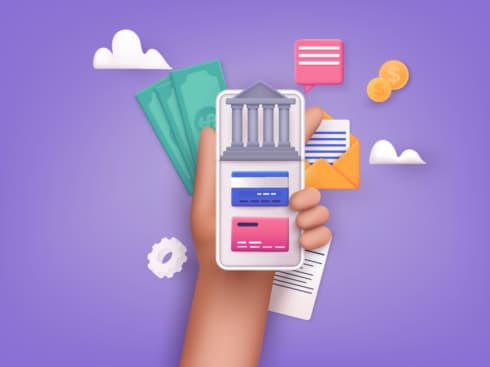
There are several examples of D2C brands that used biases in their brand marketing that have resulted in astonishing results
If you're struggling to get your D2C brand recognised and want to make a lasting impression, it's time to start using customer biases to your advantage
Here’s a practical guide to customer biases and how you can leverage them in brand marketing
Satyam was an entrepreneur with a mission to revolutionise the way people shopped online. He spent months developing a unique product and poured his heart and soul into building a beautiful skincare brand. But despite his best efforts, he was barely making any sales.
One day, while reading a psychology book, he stumbled upon the concept of customer biases. It got him thinking, what if he could tap into these biases to make his brand more appealing to his target audience?
Here’s a practical guide to customer biases and how you can leverage them in brand marketing.
Confirmation Bias
People want information that confirms what they already believe in. If you tie your product to their identity, it’s a matter of time until they buy. Which is why communities are so strong.
Identify what your target audience already believes in and make sure your messaging reinforces those beliefs. Create a sense of community around your brand by highlighting shared values and beliefs. Use social proof to show that other people like them are already using and enjoying your product.
For example, the D2C brand Fabletics has built a community of loyal customers who identify with their brand message of body positivity and inclusivity. They regularly feature user-generated content from real women of all shapes and sizes on their website and social media channels.
Dunning Kruger Effect
AKA people don’t know that they don’t know. When you explain something in simple terms people don’t ask questions because they feel they know the answer already. Great for solving objections.
Simplify your product descriptions and use language that is easy to understand. Use visuals and videos to demonstrate how your product works and how it solves a problem. Address common objections upfront and provide clear and concise answers.
For example, the D2C brand Harry’s razors uses simple and straightforward language on its website to explain how its razors are different from other brands. They also have a series of short videos that demonstrate the benefits of their products and how to use them.
In-Group Bias
People are more likely to support someone of ‘their tribe’ than someone outside of it. Tie your product to how it’s ‘ hot’ among the group they identify with.
Identify the communities and subcultures that your target audience belongs to and create marketing that speaks directly to them. Use language and imagery that resonates with their identity and values. Collaborate with influencers or thought leaders within those communities to increase your reach and credibility.
For example, the ecommerce site Revolve Clothing has built a loyal following among fashion-conscious millennials by featuring trendy and stylish clothing from a variety of up-and-coming and established brands. They also partner with influencers and celebrities to showcase their products and create buzz.
Self-Serving Bias
The assumption is that good things happen to us because we’ve done the right things. Position your product as a reward for all their ‘hard work’. Lots to learn from Kitkat here. Highlight the benefits of your product as a reward for good behaviour or hard work. Use language that suggests that using your product is a well-deserved treat or indulgence. Use imagery and messaging that suggests luxury or exclusivity.
For example, the D2C brand Peloton has built a loyal following among fitness enthusiasts by positioning their expensive exercise equipment as a premium reward for people who value fitness and self-improvement. Their ads often feature fit and attractive people enjoying their workouts in luxurious settings.
Anchoring Bias
When you show someone a stupid price first, they’ll think the discounted price is a bargain (even if that’s the actual price). That’s why you see so many INR 7000-> INR 700. Makes INR 700 look like nothing.
Use anchor pricing to create a sense of value for your products. Highlight the original price of your product and then show the discounted price. Use language and visuals to emphasise the savings that customers will get by buying now.
For example, the ecommerce site Wayfair often uses anchor pricing to showcase discounted furniture and home goods. They highlight the original price of the item and then show the discounted price,
There are several examples of D2C brands that used biases in their brand marketing that resulted in astonishing results.
If you’re struggling to get your D2C brand recognised and want to make a lasting impression, it’s time to start using customer biases to your advantage.
D2C House Tool Of The Week: Meduit’s Founder Dashboard
It saves founders’ daily efforts in checking various dashboards. It combines data from Shopify, Shiprocket, Facebook Ads, Google Ads, Amazon Marketplace, and Google Analytics.
































 Ad-lite browsing experience
Ad-lite browsing experience